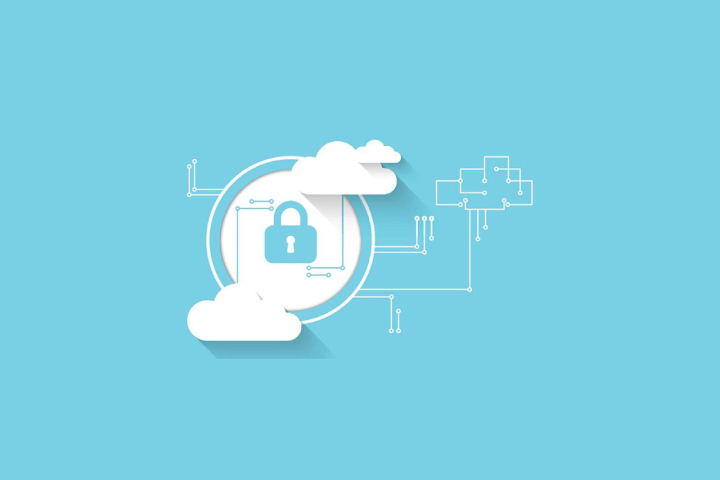
Many decades back, network security wasn’t as complicated as today. Every device, user, or application already been authenticated within a network was automatically trusted.
But as networks became increasingly central to business operations and external connections were needed for partnerships, the network quickly became more complex. And by the 2000s, the influx of service providers made networks even more complicated by providing software-as-a-service (SaaS).
Zero Trust means “no trust.” And the security architecture has always required that a consistent verification process is adhered to keep away unwanted access and lateral movement throughout an environment.
Cyber Threats are Becoming Highly Sophisticated. Every Zero Trust component is developed to identify vulnerabilities and threats. And there are several reasons businesses must consider integrating the Zero Trust architecture into their system, and here are five primary reasons:
Table of Contents
The rate at which cyberattacks are becoming sophisticated is high, and no sector is exempted from an attack. TechJury says about 30,000 websites are hacked daily, with at least one company falling victim every 39 seconds!
That’s pretty scary!
It is estimated that, on average, 30,000 websites are hacked every day. A company falls victim to a cyberattack every 39 seconds, and more than 60% of organizations globally have experienced at least one form of cyberattack.
Some sectors are more susceptible than others. For instance, some sectors were severely hit with cyberattacks during the pandemic. And they include finance, healthcare, and retail verticals for stuff related to the pandemic. What about online retailers who enjoyed high demand for e-commerce and the transportation sector? They also receive their dosage of the alarming cybercrimes.
Application developers today cannot fully trust what they “own.” Mainly because these applications are more likely to be provided either as Software-as-a-Service (SaaS) or as Platform-as-a-Service (PaaS), these applications are built through the consumption of available services.
For instance, for database, logging, machine learning, authentication, etc., software OEM developers can boast of owning the core and business logic used in developing the applications, but not the software components.
However, the Zero Trust model deploys all its security features for fully authorized applications and processes to decide on interactions with data and networks.
It usually takes a single breach to compromise and destabilize your network. Hence, implementing robust micro-perimeters around these services is highly recommended.
The pace of modern business technology and how enterprises operate make perimeter-based security less relevant as they can no longer define the scope of enforcing network security.
Zero Trust architecture has operated at a micro-level to validate and approve resource requests from point to point within the network. For instance, least privilege means that no one is trusted with broad uncontrolled access to the network.
They should, however, be repeatedly monitored and authenticated. In the case of a potential breach, micro-segmentation will curtail the level of damage that can occur.
The traditional data center framework requires that every business is solely responsible for providing security across all operational aspects, such as physical servers, user control, applications, and even protection for biological structures.
However, when you combine effort with your cloud provider, you’ll be able to share security responsibilities and also maintain a protected environment with reduced operational overhead.
Since you can no longer blindly assume trust in infrastructure, a Zero Trust model for a cloud environment assures a safer network with shared cybersecurity responsibility.
Remote work wasn’t famous before the COVID-19 pandemic, but its popularity has made security technologies focused solely on established geographic locations such as the headquarters of organizations irrelevant. Additionally, the possibility of unsecured Wi-Fi networks has massively increased security risks.
With the Zero Trust model, companies must not blindly trust the security efforts of their employees. They shouldn’t assume that their remote workers’ environments and home setup features are as secure as the office.
For instance, their IoT devices like the smart thermostat or baby monitor are operating a disorderly mix of security protocols, even if there are any in place. Hence, every process, device, and user must be duly authenticated to keep the network safe from time to time.
Also, as network security becomes increasingly complex, the Zero Trust network isolates security issues and secures your assets quickly.
If you have not started with a Zero Trust architecture, the best time to begin is now to secure the future of your business. Many organizations invest in the NordLayer Zero Trust framework to ensure their business.
The first 90 days at any new job can determine success or lead to subtle,… Read More
Every economic sector will be impacted by artificial intelligence technology, hopefully for the better. For… Read More
Starting your business journey means knowing your brand values. Then, share them everywhere. Companies that… Read More
Charting the future of remote work lies in finding the balance between autonomy and surveillance,… Read More
13377x Proxy: 13377x Original Site 1337x Official Site and Torrents Sites to Download free movies,… Read More
Proxy & Mirror Sites to Unblock LimeTorrents.cc. Top working LimeTorrents alternatives sites list. Movies, TV… Read More